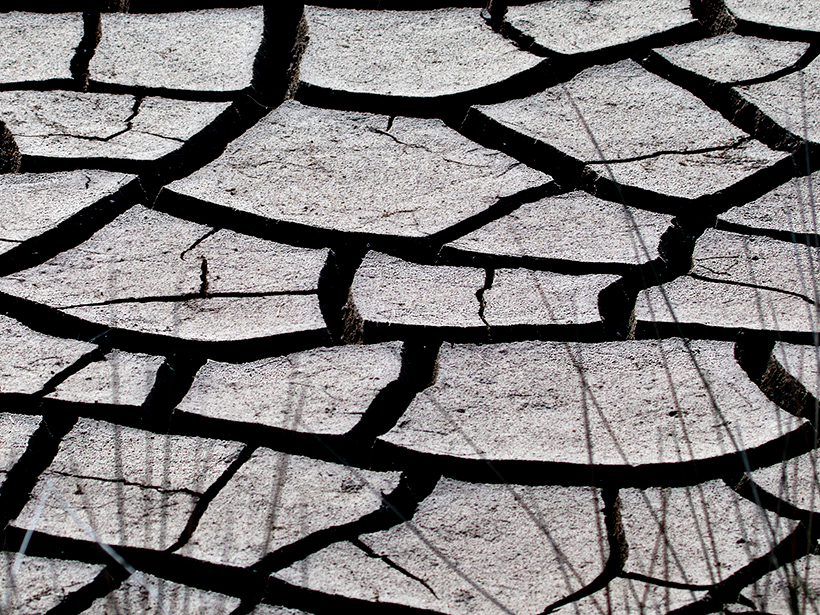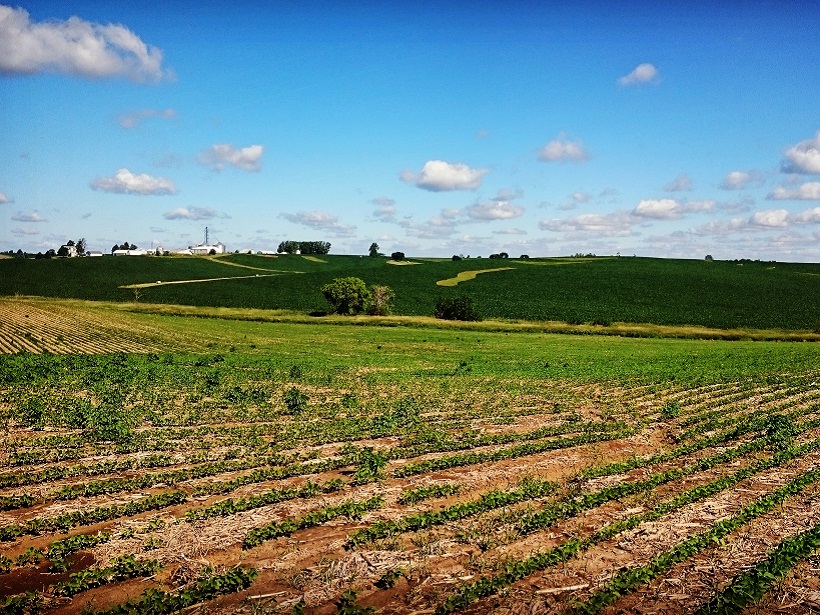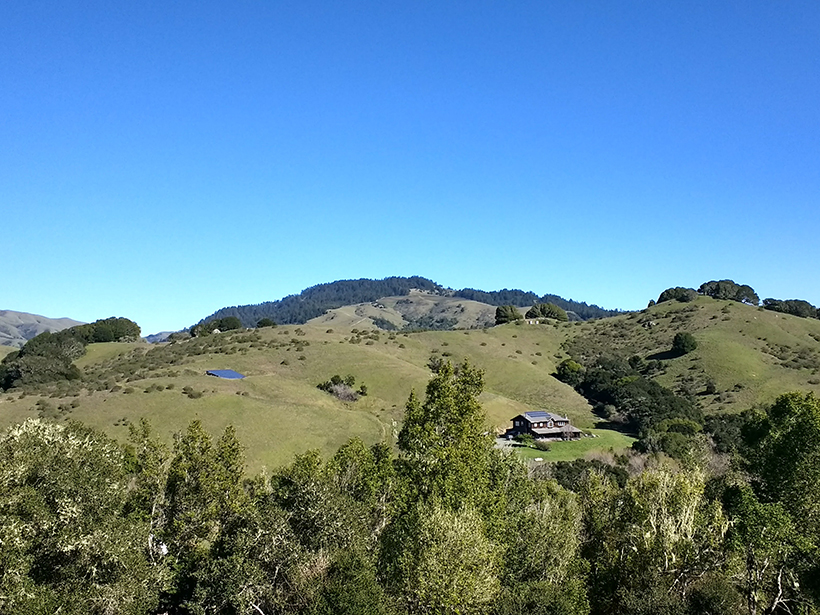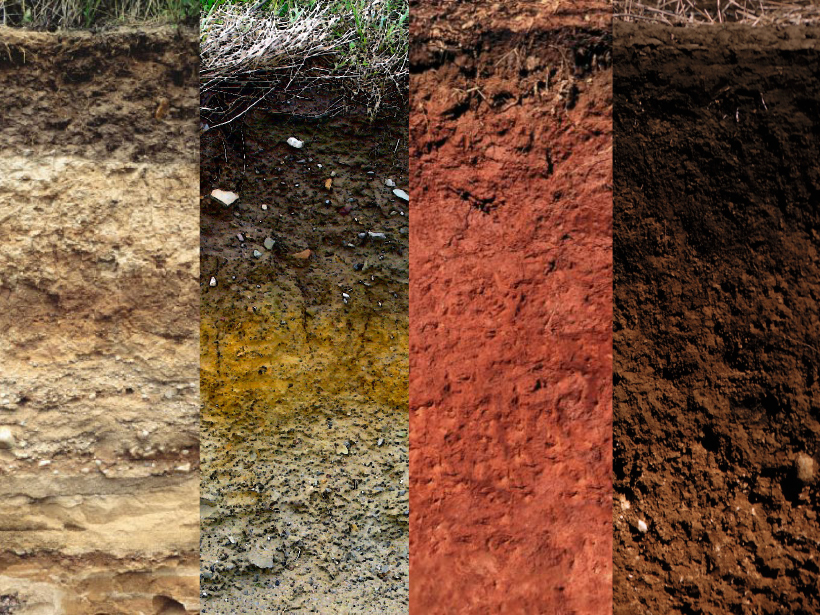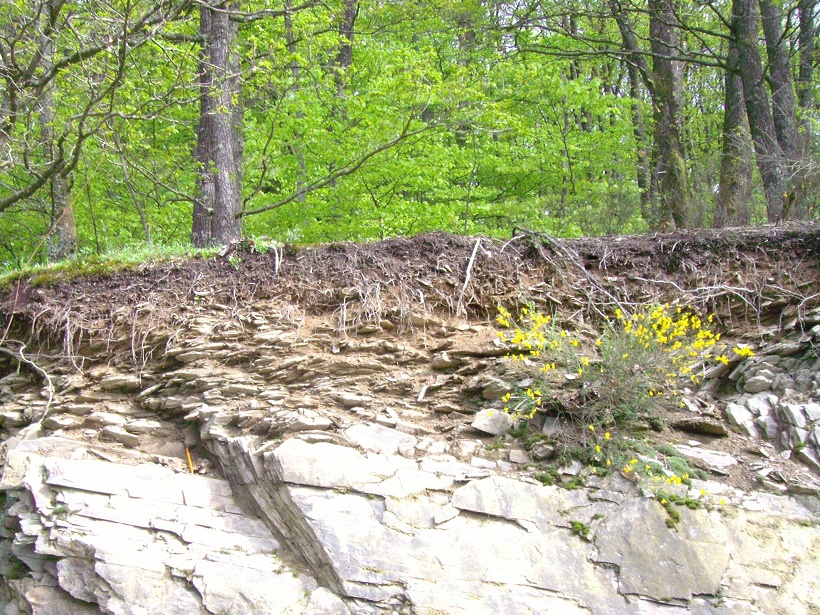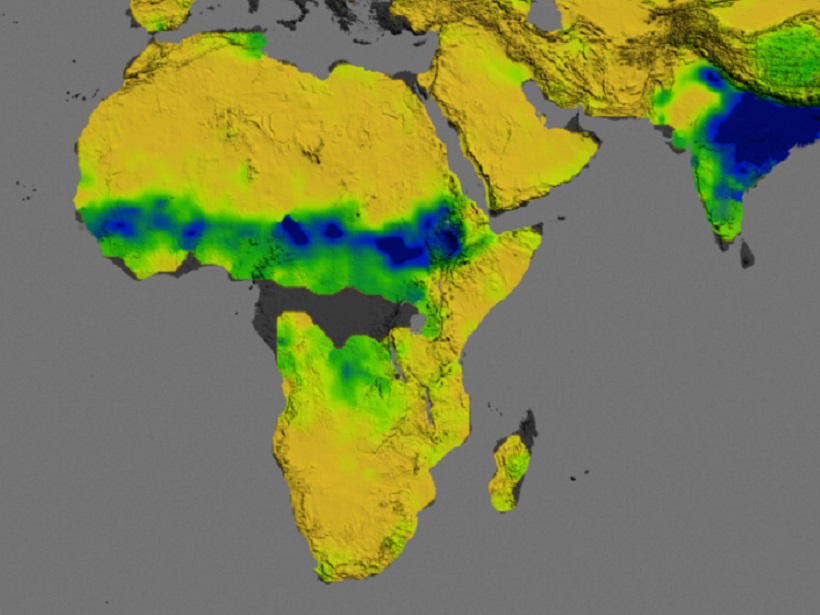New observations and analysis dispel remaining doubts that anthropogenic climate change is expanding dry areas in northern midlatitudes.
soils
Searching for Organic Carbon in the Dry Valleys of Antarctica
Researchers identify the first evidence of microbial respiration in desiccated Antarctic permafrost soils.
Stories in the Soil
A series of field experiments in the U.S. Midwest is investigating how past, present, and future human activities and climate affect the health of soil.
A New Platform for Managing Soil Carbon and Soil Health
International Soil Carbon Network Workshop; Stanford, California, 27 February to 3 March 2017
Engineering New Foundations for a Thawing Arctic
Researchers experiment with new building supports to prepare the Arctic for rapid shifts in permafrost and ground stability.
Follow Earthworm Tracks to Better Simulate Water Flow in Soils
Incorporating paths carved by the critters and by tree roots helps scientists align simulations of tropical soils more closely with real-world data.
Healthy Soils for Healthy Societies
Soil: The Foundation of Life; Washington, D. C., 5 December 2016
The Future of Earth Looks Drier…but Just How Dry?
New analysis of soil moisture projections from climate models could help resolve a discrepancy between expected increases in aridity and precipitation over land.
Tracing Water Through the Critical Zone
The authors of a recent paper in Reviews of Geophysics describe how isotope hydrology offers new insights into interactions at the interface between soil, vegetation, and the atmosphere.
Seeing Soil Moisture from the Sky
A recent paper in Reviews of Geophysics describes techniques for improving the spatial resolution of satellite data on soil moisture.

